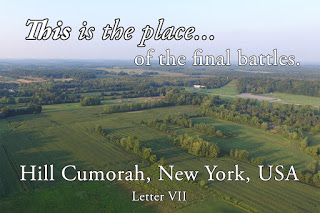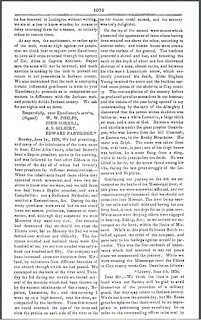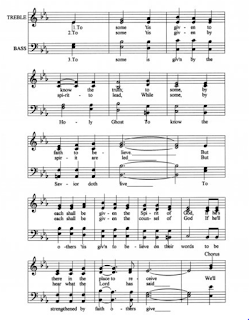Review of Moroni’s America
My book Moroni’s America was released several years ago. By discussing the scriptural basis for what is commonly referred to as the Heartland theory, it sets out one of the multiple working hypotheses for Book of Mormon geography.
|
|
MA1C |
M2C |
|
Basic assumption |
Prophets have been correct about NY Cumorah |
Prophets have been wrong about NY Cumorah |
|
Secondary assumption |
JS and OC visited the repository in Cumorah and interacted with Moroni and Nephi (the messenger who took the plates from Harmony to Cumorah) |
JS wrote or edited the anonymous editorials in the 1842 Times and Seasons |
|
Key drivers of geography |
Teachings of JS and OC that Cumorah is in New York, plains of the Nephites are in the American Midwest, and the Indians of Northeastern US are the Lamanites (e.g., D&C 28, 30, 32), plus scholarly interpretations of the text (e.g., lots of possible “narrow necks” according to common usage) |
Anonymous editorials in the 1842 Times and Seasons that claimed ruins in Central America were left by the Nephites, so New York is too far away for Cumorah, plus scholarly interpretations of the text (e.g., “narrow neck of land” must be in Mesoamerica) |
|
Counter point |
JS didn’t write or edit anonymous editorials in the 1842 Times and Seasons, but even if he did, they didn’t mention Cumorah and referred to ruins that post-dated Book of Mormon times. Plus, in the Wentworth letter JS rejected Orson Pratt’s hemispheric theory. |
Joseph and Oliver claimed no revelation on these topics and misled the Church by speculating about the geography, but by 1842 JS changed his mind and deferred to scholars. The Wentworth letter embraces the hemispheric theory because “country” means “hemisphere.” |
|
Cumorah match |
The NY Cumorah fits the text and external evidence once we recognize that “ten thousand” is a military unit, not a literal count, and only two units were visible from Cumorah |
The NY Cumorah does not fit the text and external evidence because there must be evidence of at least 210,000 dead Nephites plus equivalent Lamanites |
|
Anthropology |
Jaredites = Adena Nephites = Hopewell |
Jaredites = Olmec Nephites = Mayans |
|
Population-Jaredites (Ether 15:2) |
“two millions” refers to total war deaths in Jaredite history |
“two millions” refers to war deaths at or near Cumorah |
|
Population-Nephites/Lamanites |
Numbered in tens of thousands; largest single army was 42,000 (Mormon 2:9) |
Numbered in the millions; largest single army was 210,000 (Mormon 6) |
|
Writing |
No writing would survive because Lamanites sought to destroy Nephite records from Enos through Moroni. One carved stone (from Coriantumr) was so unusual it was described in an otherwise brief record (Omni). |
Extensive written language should exist because Nephites and Lamanites corresponded in writing. One carved stone (from Coriantumr) was just an example of stella found throughout Mesoamerica (Omni). |
|
Meaning of “head of the river” |
Confluence (where Mississippi River meets Ohio River) |
Source (highlands of Guatemala) |
|
City of Zarahemla on Sidon |
Sidon = Mississippi |
Sidon = Usumacinta |
|
Text requires a north-flowing river from land of Nephi to land of Zarahemla |
Tennessee river (north from land of Nephi (Tennessee) to land of Zarahemla (Illinois); Assumes a separate river from Sidon, which it meets at the head of Sidon (confluence). |
Usumacinta (north from Guatemala to Gulf of Mexico); Assumes only one river. |
Source: About Central America









